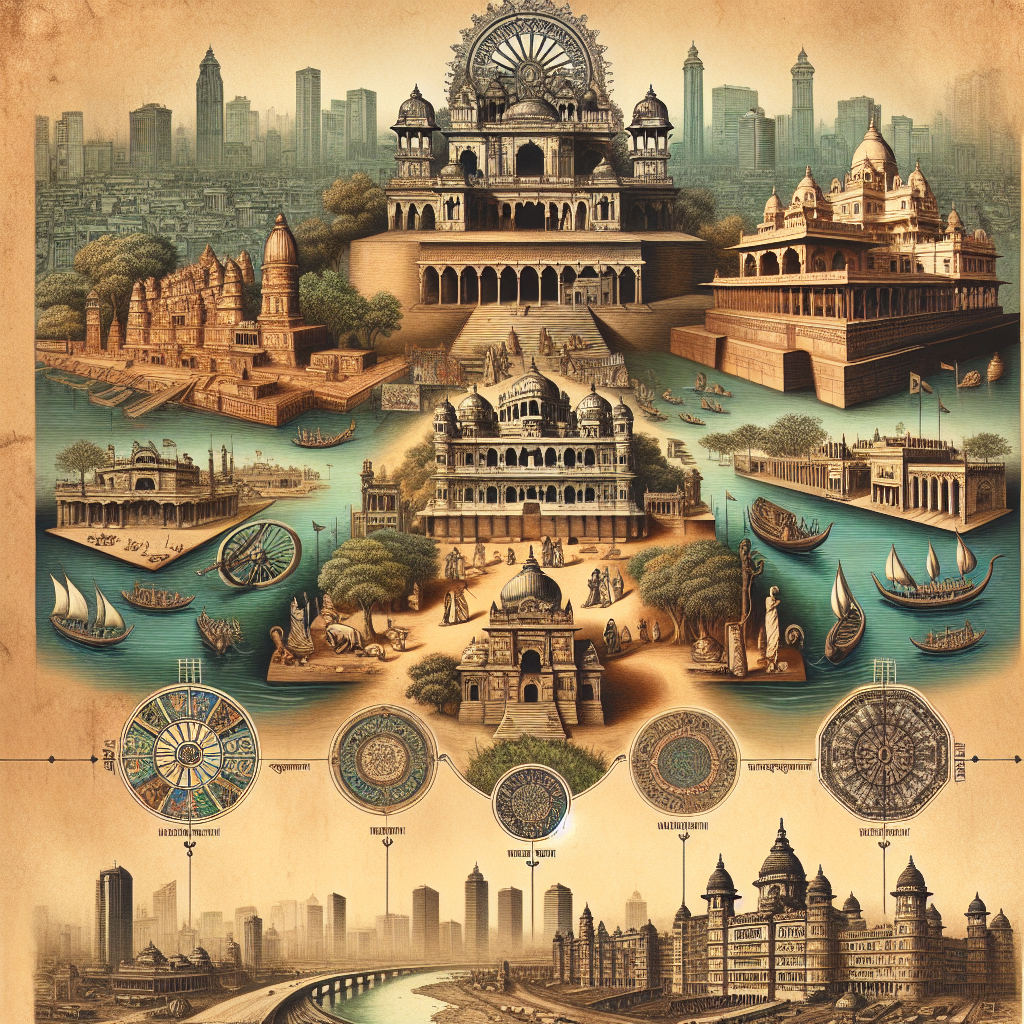Prayagraj, formerly known as Allahabad, is a city steeped in history, culture, and spirituality. Nestled at the confluence of the Ganges, Yamuna, and, according to Hindu mythology, the mythical Saraswati rivers, it is not just a geographical landmark but a significant cultural and religious hub in India. The city’s history spans thousands of years, reflecting a rich tapestry of civilizations, religions, and traditions.
Ancient Roots
The roots of Prayagraj can be traced back to ancient times, making it one of the oldest cities in India. Its historical significance is evident from archaeological findings that suggest human habitation in the area has existed since the pre-Mauryan period (around 600 BCE).
According to Hindu traditions, Prayagraj is recognized as "Prayag," a sacred place where offerings are made to the ancestors. The mention of Prayag is prevalent in ancient texts, including the Vedas and the epics, such as the Mahabharata. It is believed that Lord Brahma, the creator deity in Hindu mythology, performed a Yajna (ritual sacrifice) at this confluence, thus marking the site as sacred.
The city also holds profound significance for Buddhists; it is speculated that Gautama Buddha visited the area during his travels. The evidence from historical texts shows that it was a flourishing center of culture and learning throughout the Mauryan and Gupta empires.
Political Significance
Prayagraj’s strategic location has made it a hub of political activity throughout various epochs. In the medieval period, it became the capital of the Mughal Emperor Akbar’s administration for a time. The city gained prominence under the Mughals, and structures like the Allahabad Fort were constructed around this period, showcasing grand architecture.
During the British colonial period, Allahabad emerged as a significant center for the Indian Independence movement. It was here that leaders like Mahatma Gandhi and Jawaharlal Nehru made impactful speeches. The city witnessed the formation of several political movements and was home to many revolutionary leaders, which underscored its importance on the map of modern India.
Cultural Melange
The cultural heritage of Prayagraj is a reflection of the diverse communities that have inhabited the region. A melting pot of religions, the city boasts numerous temples, mosques, and churches. Among these, the Kumbh Mela, a grand Hindu pilgrimage, has been celebrated here for centuries, attracting millions of devotees from across India and the world.
The confluence serves as a backdrop for this colossal event, where the sacred waters are believed to cleanse sins and grant salvation. The Kumbh Mela, recognized by UNESCO as an Intangible Cultural Heritage of Humanity, showcases the city’s enduring role as a spiritual magnet.
Modern Marvel
In contemporary times, Prayagraj has evolved while preserving its historical legacy. Efforts to modernize the city have included developing infrastructure, expanding educational facilities, and enhancing tourism. The city is now home to prestigious educational institutions, including the University of Allahabad, which dates back to 1887 and has a rich legacy of academic excellence.
Additionally, Prayagraj has become a hub for tourism, with its historical landmarks such as the All Saints Cathedral, Triveni Sangam, Anand Bhawan, and the Allahabad Museum attracting visitors. The city has also invested in beautiful parks and clean riversides, transforming it into a scenic destination.
Conclusion
From its ancient roots to its modern marvels, the history of Prayagraj is a narrative of resilience, diversity, and spirituality. The confluence of rivers symbolizes the merging of cultures, religions, and histories, making it a microcosm of India itself. As Prayagraj continues to grow and modernize, it retains its status as a significant cultural and spiritual center, inviting all to explore its rich heritage and vibrant future. Whether one seeks spiritual solace, historical insight, or a glimpse into India’s diverse cultural fabric, Prayagraj stands ready to welcome all.

